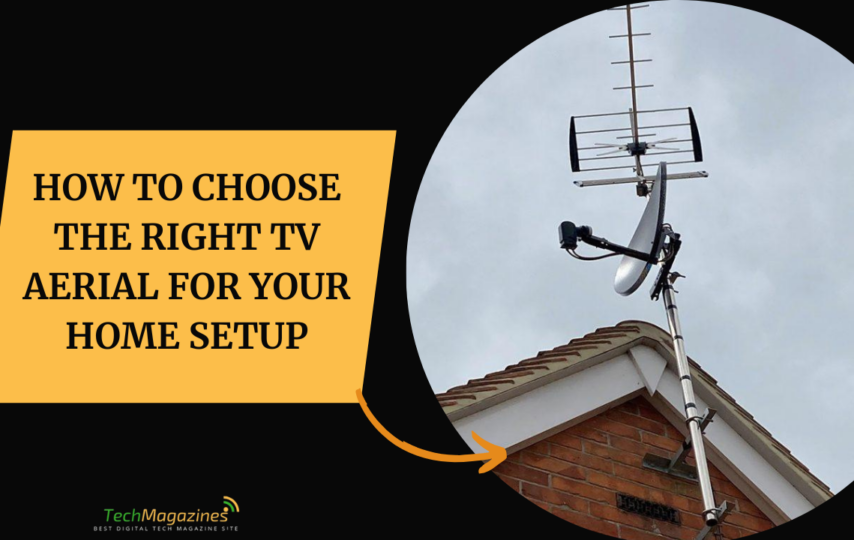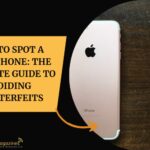Choosing the right TV aerial gives you a strong and steady signal, so you can enjoy your best shows without interruptions. Many things influence reception, and picking the right antenna relies on where you are, how much interference there is, and your setup requirements. A well-selected aerial improves Freeview & HD channel quality, lowering pixelation & signal drops. Without the right antenna, even the best TV system can have problems, leading to stress for families.
Indoor vs Outdoor TV Aerials
Whether to use an indoor or outdoor aerial relies on how strong the signal is in your area. Indoor antennas work well where the signal is strong, but they have trouble picking up signals in weak places. They are simple to set and don’t need any outside support. Walls and other obstacles can interfere with signal receiving, making fewer channels available and leading to occasional interruptions.
Outdoor antennas work better for receiving signals, especially in places with weak signals. Placed on the roof or attic, they pick up stronger signals with fewer things blocking them. A professional TV aerial worker finds the best spot for your aerial to work well, avoiding issues from nearby buildings and other outside factors.
If you live in a flat or a renter, an indoor aerial might be your only choice. In these situations, placing the antenna near a window improves signal coverage. Some indoor antennas have built-in signal boosters to improve weak signal coverage.
Signal Strength and Location
Knowing the area signal strength helps you choose the right antenna. Houses close to stations get strong signals, so simple antennas work well there. Homes in rural areas or far from a transmitter need strong antennas to pick up weak sounds. The direction of the signal matters too. Pointing the antenna towards the closest transmitter improves its performance.
Looking at nearby antennas can help you find the best way for the best signal. Websites with antenna maps show where the nearest signal sources are located. A skilled TV aerial service checks the signal strength in your area and suggests the best aerials based on your needs.
Buildings, trees, and electrical gadgets can block or weaken reception. Aerials placed high up outdoors can get past many of these problems, leading to clearer signals. City areas often need antennas that can handle disturbances from mobile networks, nearby buildings, and reflective surfaces.
Types of TV Aerials
Different aerial shapes serve different purposes. Knowing each type helps you make a good choice.
Yagi Aerials: Traditional, reliable aerials used in many homes. They pick up signals well and work best where the signal is medium to strong.
High-Gain Aerials: These antennas are made for places with weak signals. They improve receiving by picking up signals from farther away.
Log Periodic Aerials: They work well to reduce disturbance and are great for places that experience 4G or 5G mobile signals.
Grid aerials are usually used to minimise interference from other signals. They work well in places where there are many emitters nearby.
Indoor amplified antennas are small and work well in places with strong signals. They are often used in homes or temporary setups.
A professional aerial installer looks at different choices and chooses the best one for a particular home.
Compatibility with Freeview
Freeview stations work on certain frequencies. Choosing the right aerial for these frequencies makes sure you can access all accessible channels. Some old antennas can’t pick up new frequencies, causing certain stations to be missing or the signal to be weak.
Wideband antennas are designed to work with all Freeview channels, covering all the bands used in current broadcasts. Upgrading to a wideband aerial means you won’t need to update it as broadcasting technology changes. Making sure your receiver works with DVB-T2 means you’re ready for HD and future improvements in Freeview.
A skilled TV aerial service checks that your aerial works with Freeview and installs ones that can handle future updates. They also test the signal strength before finishing installation, ensuring maximum efficiency.
Interference and Signal Quality
Interference weakens signals, leading to bad picture clarity. Common sources are Wi-Fi routers, mobile signals, and home gadgets. Shielded cables and filters help block out unwanted signals, which boosts the quality of the receiving.
4G and 5G signals can sometimes interfere with TV viewing. Aerials with 4G/5G filters stop cell networks from causing signal loss. Keeping cables and connections in good shape helps keep clear reception and lowers the risk of static or frozen images.
A professional aerial installer finds sources of disturbance and uses solutions like moving aerials or putting in high-quality shielding materials. They might suggest using signal amplifiers if needed to make sure the link is strong and reliable.
Weather Resistance and Durability
Outdoor antennas withstand severe weather. Using materials that prevent corrosion, like aluminium or stainless steel, helps things last longer in the air. Strong mounting clamps keep things in place during high winds, so you can still get a clear signal even in a storm.
Weatherproof cables and connectors help prevent water harm. Bad links can cause signals to drop, especially in heavy rain or storms. Using UV-resistant coaxial wires helps keep performance steady in harsh weather.
A skilled TV aerial service makes sure the aerial is protected from the weather, which helps it last longer and work better over time. They also make sure to secure aerials well to avoid wind damage, which can reduce signal power over time.
Watching TV in Different Rooms
Homes with several TVs need aerials that can send signals to all of them. Basic aerials have trouble keeping strong readings on different devices. A distribution amplifier helps maintain the same signal strength in all places without losing quality.
Using good splitters helps maintain strong signals. Running coaxial wires correctly in your home reduces signal loss and keeps picture quality the same in every room. Installing wire junctions correctly helps avoid weak spots and problems with interference.
A skilled TV aerial installer creates multi-room setups to ensure smooth viewing on all TVs. They improve the wiring design to reduce interference between links.
Professional Installation vs Doing It Yourself (DIY)
Installing a TV antenna properly improves its performance. Doing it yourself can cause signal problems if things aren’t placed correctly or if low-quality materials are used. Professional installation ensures the best location and safe setup, avoiding mistakes.
A TV aerial installer uses signal meters to find the best alignment. They make sure wires and connectors follow industry standards, which helps avoid long-term problems like weak signals or changes in reception.
If you want a dependable and easy setup, hiring a professional TV antenna service is the best choice. They take care of everything involved in the installation, including putting up the aerial and adjusting the signal for the best coverage. Professional services often come with guarantees, providing reassurance and reliable support over time.
How to Choose the Best Aerial for Your Home
The best TV aerial for you relies on where you live, how strong the signal is, and what you like to watch. Good aerials enhance signal receiving, reduce interference, and offer better Freeview coverage.
A professional TV aerial installer helps you choose and set up the best equipment for clear and steady TV watching. Getting professional installation helps you enjoy a better home theatre experience instead of dealing with poor signals. An improved aerial makes watching TV smooth, so you won’t miss your best shows because of technical problems.








